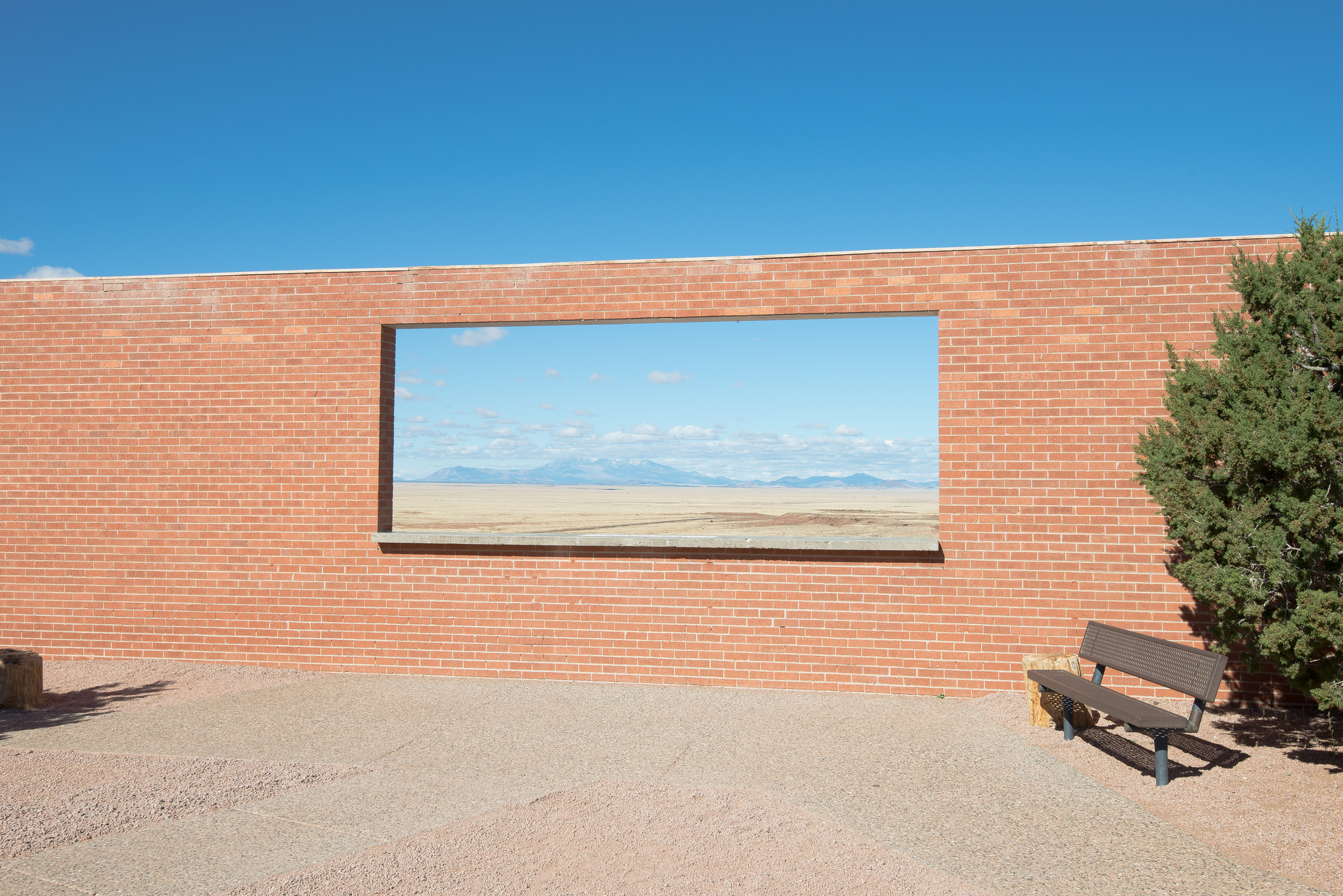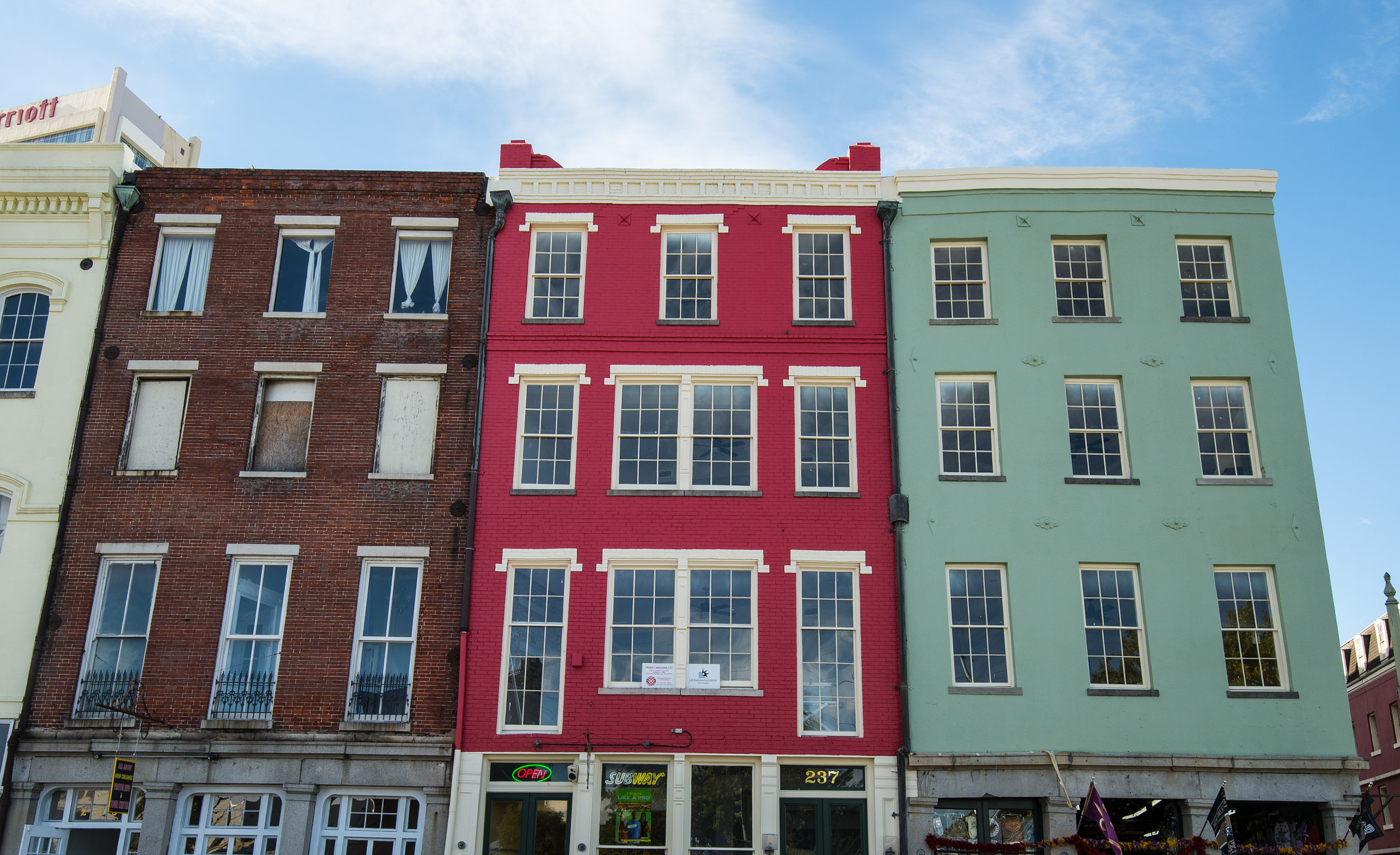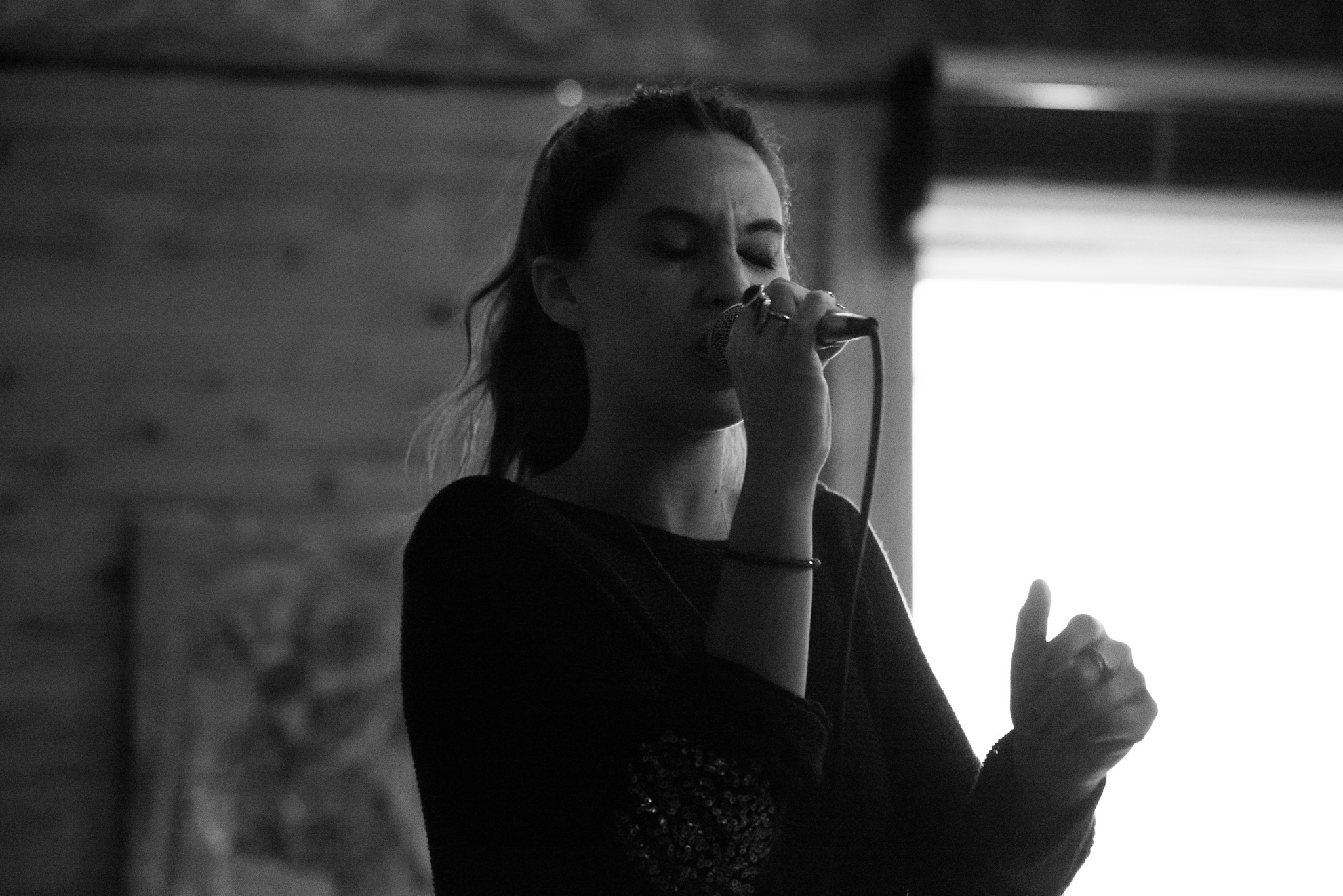I have finally found the time to sort through and work on the pictures I have taken during my road trip to New Orleans. I’ve made the choice to process most of the pictures in black in white, which is something I have played with in the past but which I have found more challenging this time around. I was on the fence about losing the colorful character of buildings in New Orleans but I think the result is worth it.





The rest of the set is here.
In 1993, sound engineer extraordinaire Steve Albini wrote an extended essay titled the ‘The Problem With Music’. In it, Albini mercilessly describes the shortcomings and faults of the music industry, from business practices of major labels to the monetary breakdown of a record deal, all the way down to the technical mastery of sound engineers.
By now all rock bands are wise enough to be suspicious of music industry scum. There is a pervasive caricature in popular culture of a portly, middle aged ex-hipster talking a mile-a-minute, using outdated jargon and calling everybody “baby.” After meeting “their” A&R guy, the band will say to themselves and everyone else, “He’s not like a record company guy at all! He’s like one of us.” And they will be right. That’s one of the reasons he was hired.
Albini’s ethics can harldy be questionned. Of note, he’s always squarely refused to be paid on a percentage basis, preferring to set a fixed price on his work. With thousands of albums under his belt, and having worked on the music of both stadium-fillers and of obsure indie rock bands aspiring to fame, the depth and breadth of his work is unparalleled in today’s music industry.
Between a widely spread piracy and the rise of streaming services, the landscape of music has changed dramatically in a very short period of time. Back then, Pearl Jam was in a legal fight against the monopoly of live music behemoth Ticketmaster, and they lost. How many hundreds of millions of dollars have been collected in convenience fees since then?
In a recent speech, Albini gave the closest thing to an update to his 20 year old piece. It’s not all pink but Albini seems to embrace the new model in which the relationship between bands and audience is both more direct and richer.
I disagree that the old way is better. And I do not believe this sentence to be true: “We need to figure out how to make this digital distribution work for everyone.” I disagree with it because within its mundane language are tacit assumptions: the framework of an exploitative system that I have been at odds with my whole creative life. Inside that trite sentence, “We need to figure out how to make this work for everyone,” hides the skeleton of a monster.
[…]
So there’s no reason to insist that other obsolete bureaux and offices of the lapsed era be brought along into the new one. The music industry has shrunk. In shrinking it has rung out the middle, leaving the bands and the audiences to work out their relationship from the ends. I see this as both healthy and exciting. If we’ve learned anything over the past 30 years it’s that left to its own devices bands and their audiences can get along fine: the bands can figure out how to get their music out in front of an audience and the audience will figure out how to reward them.
It’s humbling enough that Albini is a talented and hard-working person to begin with. But it’s mind-blowing to me that he also finds the time and intellectual energy to think deep and hard about the larger picture and the changing problematics of his industry.
In the way I imagined it, music would be a huge part of the road trip to New Orleans – and not just at the destination. I can’t say I was disappointed. We started on the first night, in Vegas, by going to see the Blue Man Group in our own hotel. A quite pleasant and easy-going show that was a nice opener to the week.
In Santa Fe, we randomly walked by the Skylight and saw the signs for Tinariwen, which was a delightful surprise. I had previsouly seen them in France playing in front of a large festival crowd but they’ve also played at Coachella. In other words, I wasn’t expecting to find them playing in a small venue in New Mexico. The band is from Mali and play Tuareg music. Pretty much all seven dreadlock-wearing people in town were in the audience that night. It was also the first time I ever saw someone meditate in the lotus position at a concert (true story).
Come Austin and our waitress recommends the White Horse, in which we find a band playing actual, real country music. People make room on the dance floor, each song starts slow and builds up to being more dancey. The fellows are handsome (in some slightly hipster-y way but nothing as insufferable as in the Bay Area), the ladies are pretty, partners switch partners song after song. This place is a huge reason why I want to come back to Austin.
Two days before the beginning of the trip, I had the chance to see Yelle in San Francisco. Before leaving I knew their tour would be taking them roughly on the same path as us but always a day early or late. As we’re making way to Houston, I realize the extra stop might just be our luck. And it was. The venue was the kind I love: small, packed, hot, sticky. Yelle delivered once again and knowing the lyrics and the tunes made for a much better show on my end.
Finally, New Orleans, where the music simply vibrates throughout the city. At every corner of every street, bands play in bars with their windows and doors fully open to the world. Kids with makeshift tap shoes beg for a quarter, young amateur orchestras of 15 play for 6 or 7 hours in a row. Early on Saturday evening, I find myself having a chilled beer sitting at the Bamboula’s on Frenchmen St. The sun is setting and a young quartet is playing jazz. Perfect doesn’t even start to describe it.




